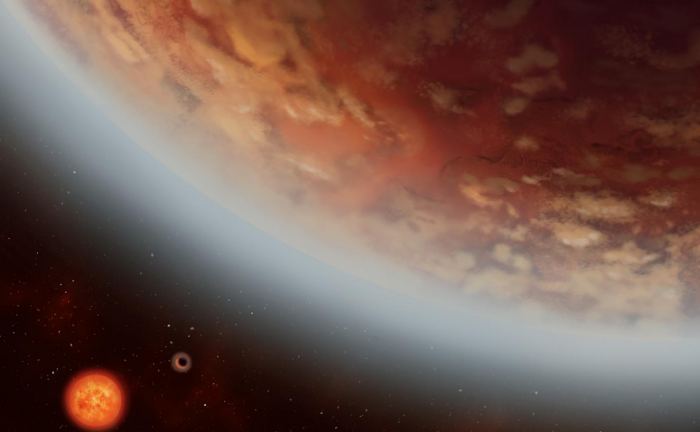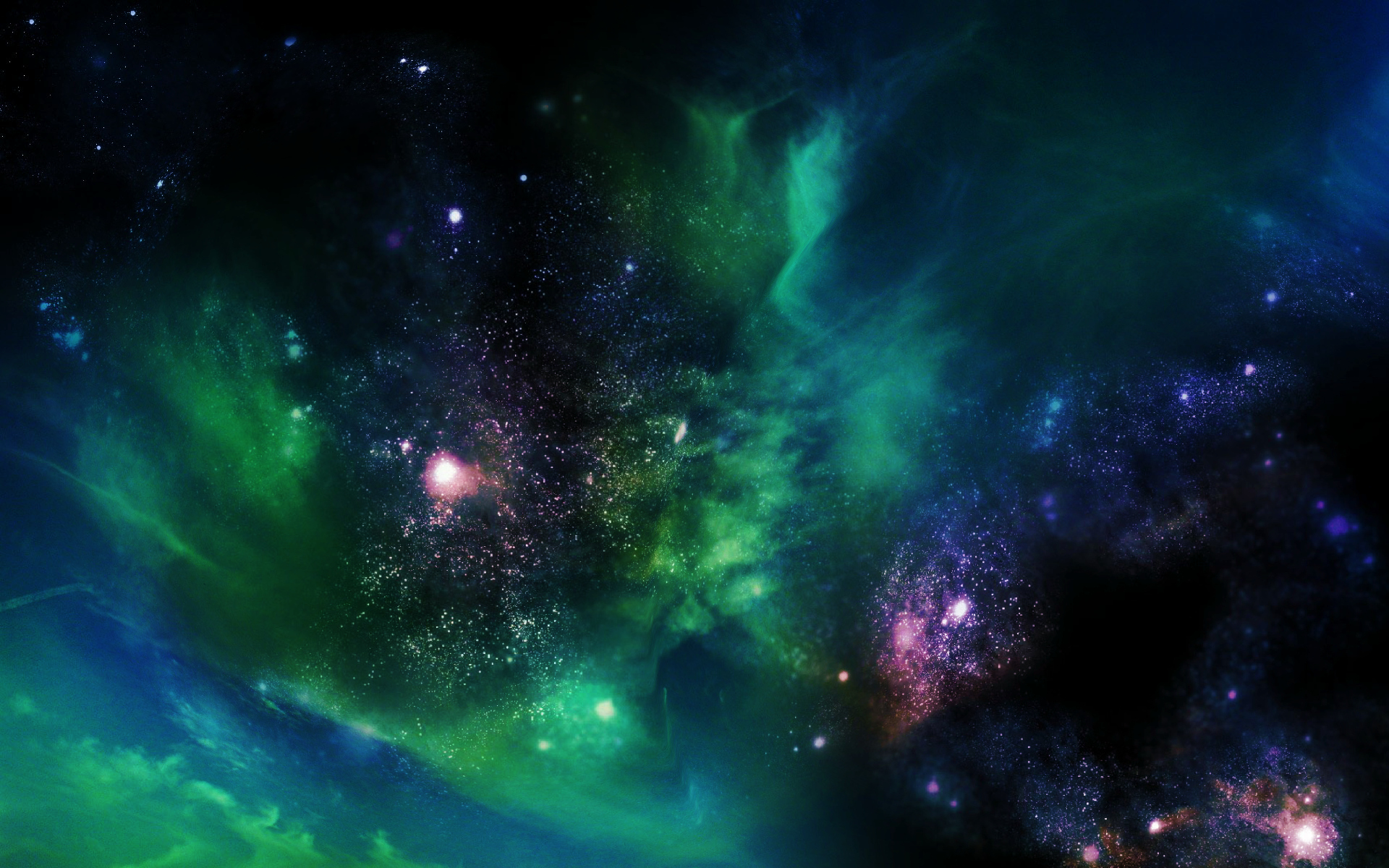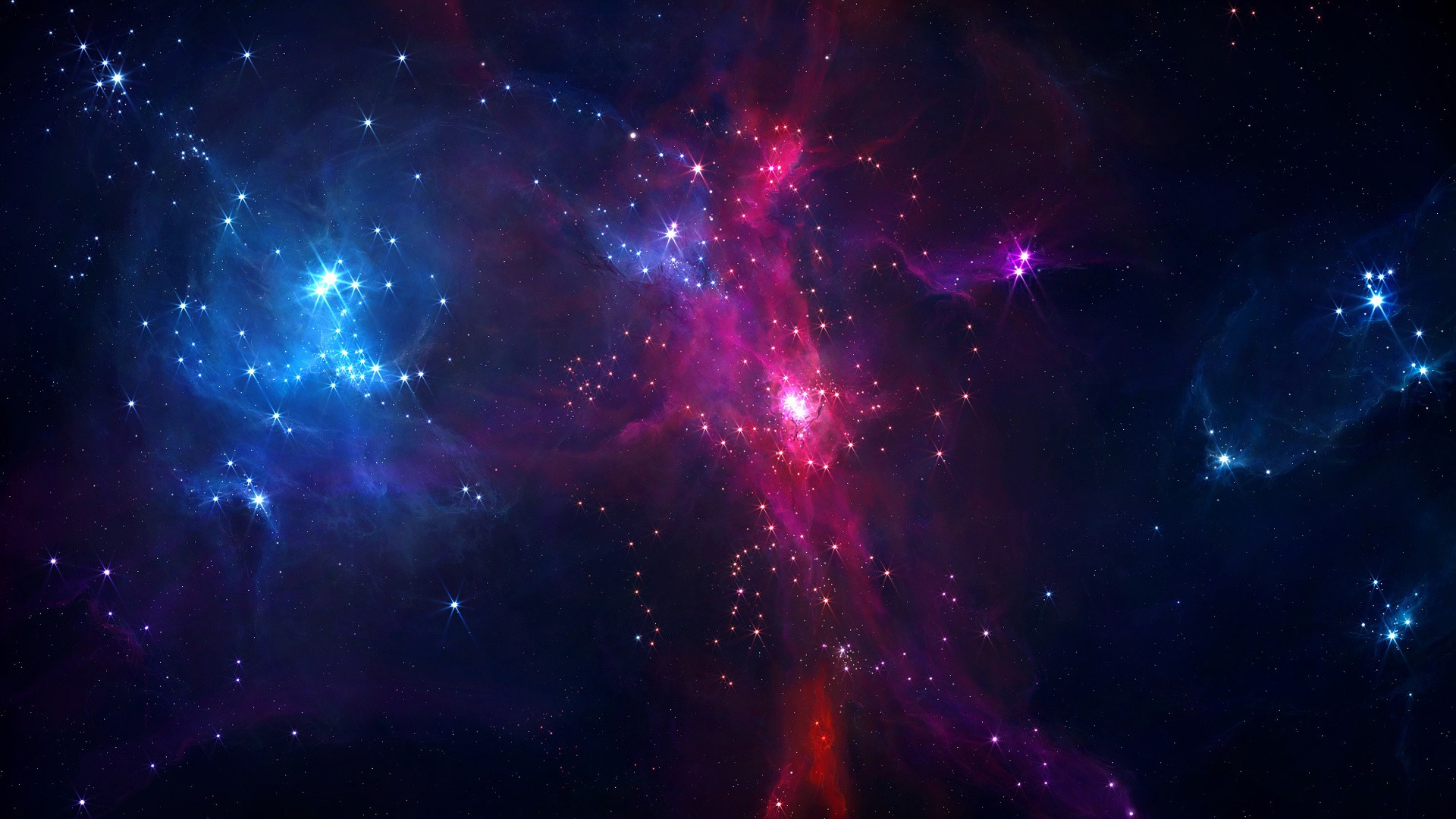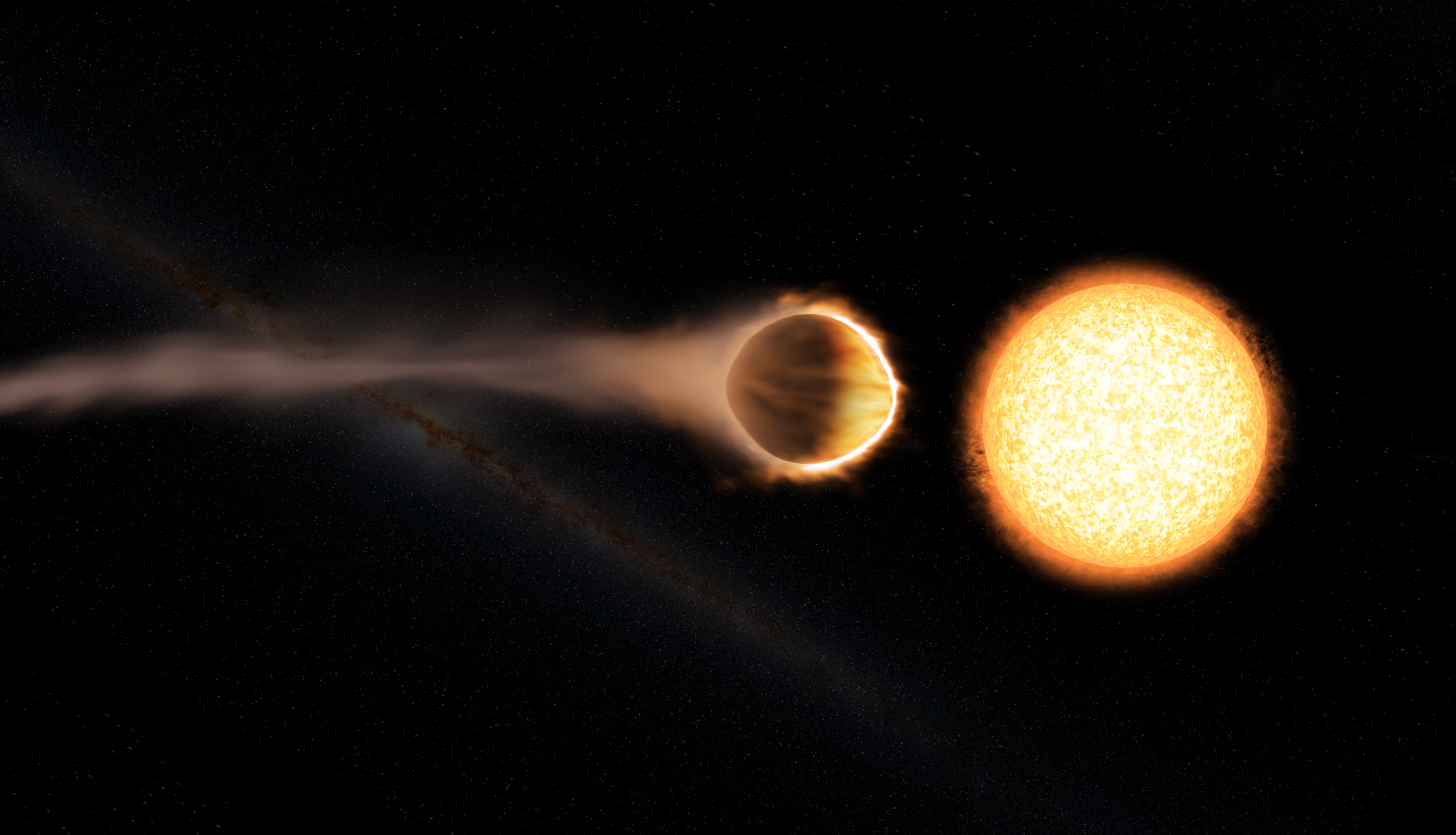
NASA will be hosting a somewhat unusual press conference on Thursday to announce the latest find from its planet-hunting Kepler Space Telescope.

The Echelle SPectrograph for Rocky Exoplanet and Stable Spectroscopic Observations (ESPRESSO) has successfully made its first observations.

While examining a previously-discovered exoplanet, an international team of astronomers discovered a second Super-Earth around the star.

A team working with HARPS in Chile has found that the red dwarf star Ross 128 is orbited by a low-mass exoplanet every 9.9 days. The exoplanet is expected to be with a surface temperature close to that of Earth.

Astronomer from Puerto Rico has put together a Periodic Table of Exoplanets, where each of the 3,700 confirmed exoplanets is slotted into its own discrete category—including planets that could harbor life.

Twice as big as Earth, the super-Earth 55 Cancri e was thought to have lava flows on its surface. Now, a new analysis finds this planet likely has an atmosphere whose ingredients could be similar to those of Earth.

An international team of researchers have found an infrequent variation in the brightness of a forming star. Its repeated behavior suggests the presence of a hidden planet.

The ALMA Observatory in Chile has detected dust around the closest star to the Solar System, Proxima Centauri. The data may indicate the presence of an elaborate planetary system.

Using data from the SuperWASP survey, an international team of astronomers has identified two new "hot Saturns" and one "Super-Neptune".

A recent study involving data collected by the K2 mission has revealed three possible Super-Earths around a nearby Sun-like star.

The results suggest that the outer planets of the system might still harbour substantial amounts of water. This includes the three planets within the habitable zone of the star.

A new study has indicated that the Gliese 832 system (located just 16 light-years away) may have a third exoplanet.

Scientists have discovered the strongest evidence to date for a stratosphere on a planet outside our solar system.

The 20 new worlds have been found around eight bright, Sun-like stars by the HARPS Echelle Spectograph instrument, mounted on the 3.6m telescope at the European Southern Observatory in Chile.

A new scientific model studies whether liquid water can be maintained on planets in various conditions, and could be used to confirm the presence of vegetation on faraway worlds.